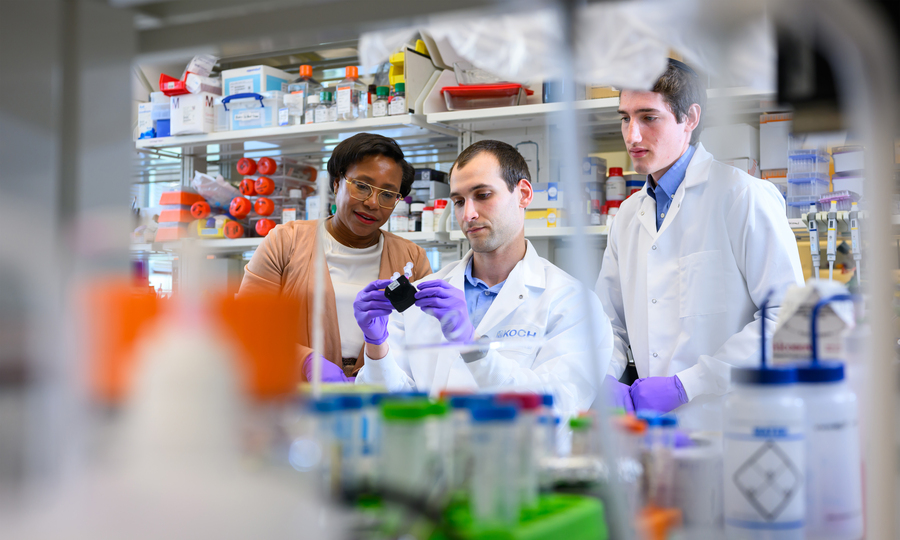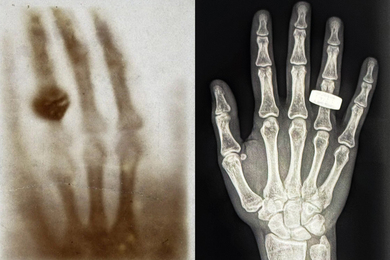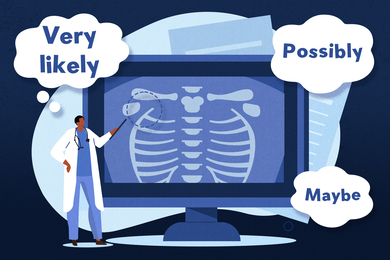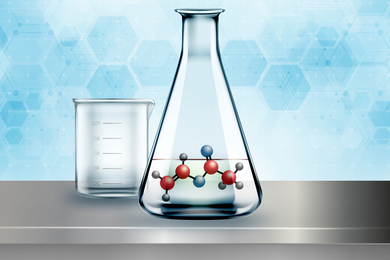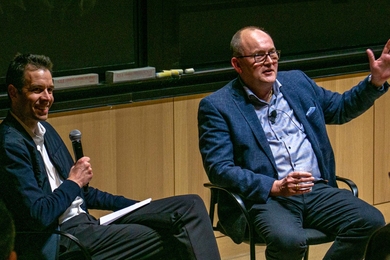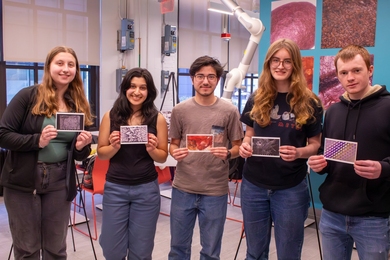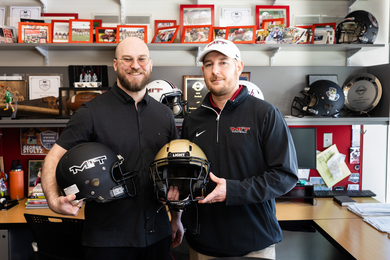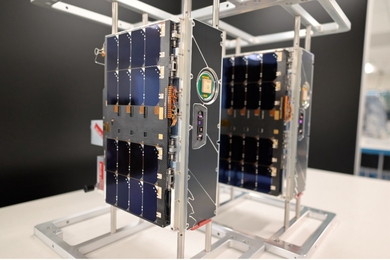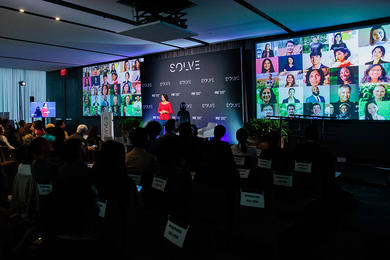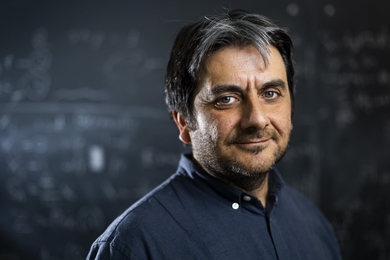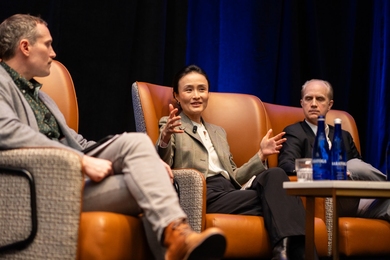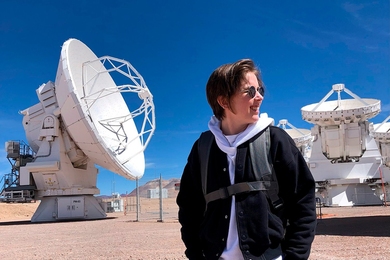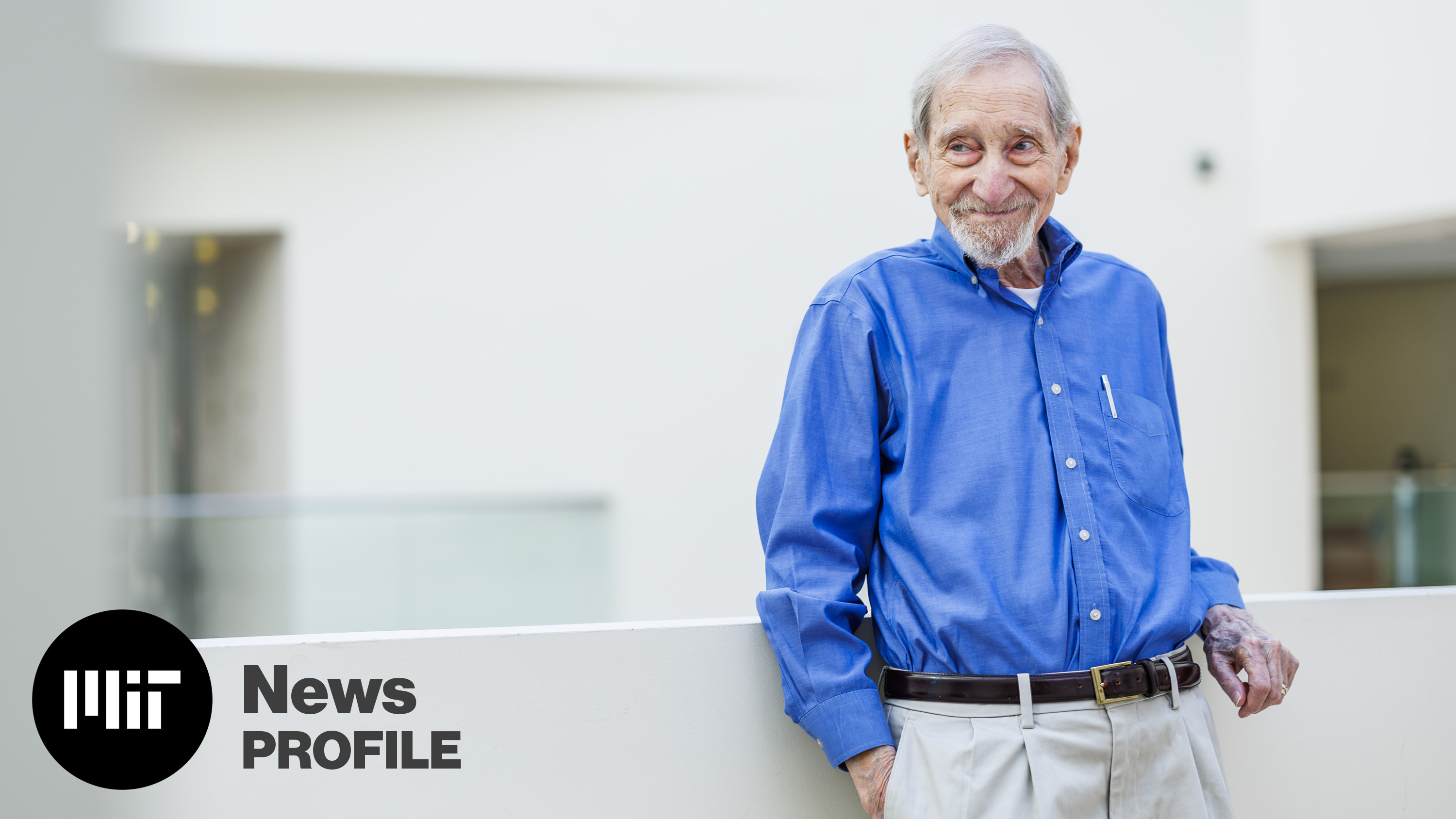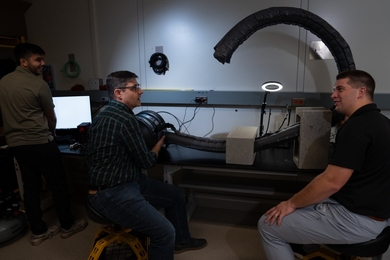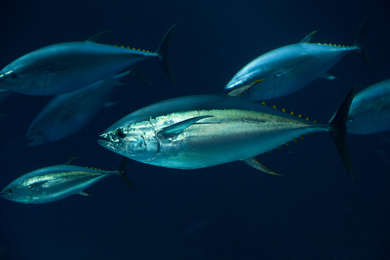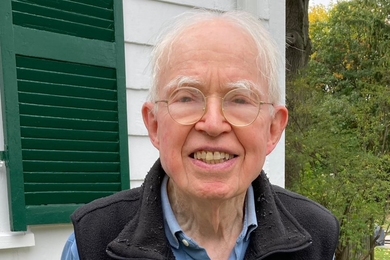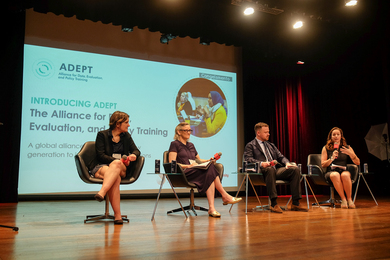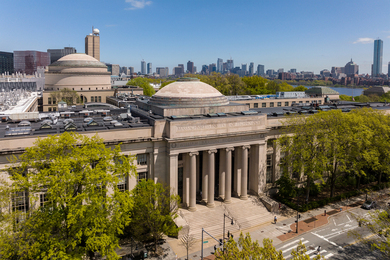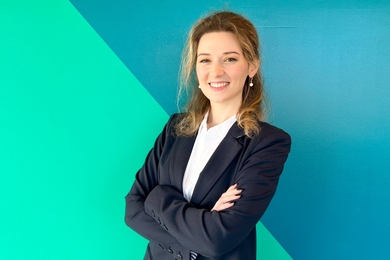Top News
Today’s Featured News
In the Media
Community Updates
Featured Multimedia
Christopher Palmer is an Associate Professor of Finance at the MIT Sloan School of Management. He is also a Faculty Research Fellow at the National Bureau of Economic Research, and an Affiliate with the Jameel Poverty Action Lab, based here at MIT. He studies consumer credit, and household financial decision making. In this episode, President Kornbluth and Palmer discuss household financial decision making around mortgages, car loans, and how best to save for retirement.
In the new Advanced Manufacturing for Aerospace Engineers course, students design, build, and test an electric rocket engine turbopump, preparing them for a career at the forefront of the aerospace industry. In just 13 weeks, students design, build, and test a laboratory-scale electric turbopump, the type of pump used in liquid rocket propulsion systems to deliver fuel and oxidizer to the combustion chamber under high pressure.
Researchers from MIT’s Computer Science and Artificial Intelligence Laboratory (CSAIL) have developed an all-in-one 3D printing approach called “Xstrings.” Part design tool, part fabrication method, Xstrings can embed all the pieces together and produce a cable-driven device, saving time when assembling bionic robots, creating art installations, or working on dynamic fashion designs.
The SeaPerch underwater robot, a “do-it-yourself” maker project, is a popular educational tool for middle and high school students. Developed by MIT Sea Grant, the remotely operated vehicle (ROV) teaches hand fabrication processes, electronics techniques, and STEM concepts, while encouraging exploration of structures, electronics, and underwater dynamics. SeaPerch II builds on the original program, adding robotics and elements of marine and climate science.
Liam Hines is excited about the practical and societal benefits of his work, about pinpointing the challenges posed by existing technologies and finding tangible solutions toward energy sustainability. Liam is a PhD student in the Department of Nuclear Science and Engineering at MIT. He works on advanced fission systems and waste management with Professors Koroush Shirvan and Haruko Wainwright.
Neuroscientist Sidney Diamond is a researcher in Pawan Sinha’s Lab in MIT’s Department of Brain and Cognitive Sciences, where, at 99 years old, he studies the science of visual learning and helps to decode the mysteries of brain development. In addition to the invaluable decades of experience Sid brings to his work, he serves as a mentor and inspiration to his colleagues.
